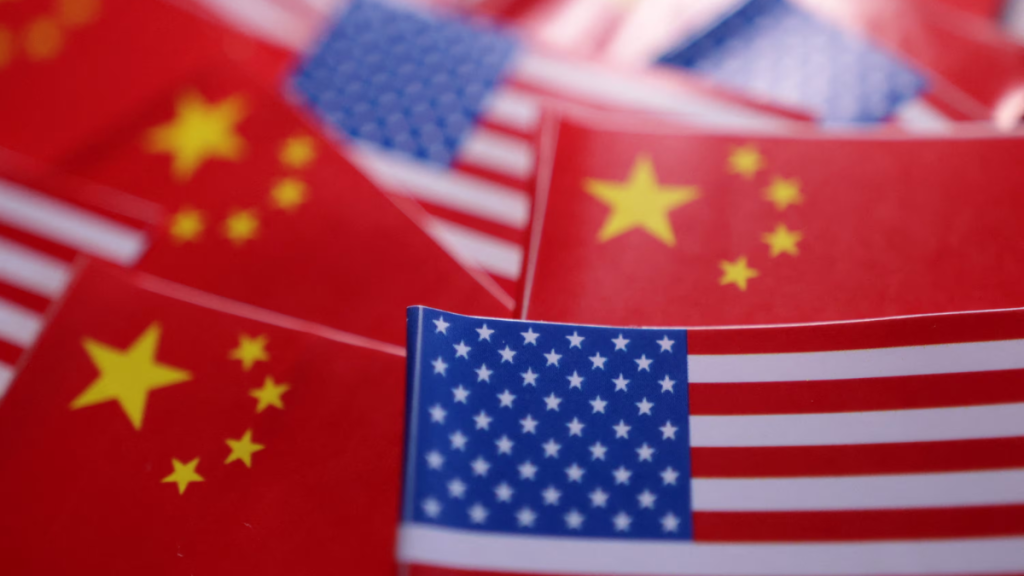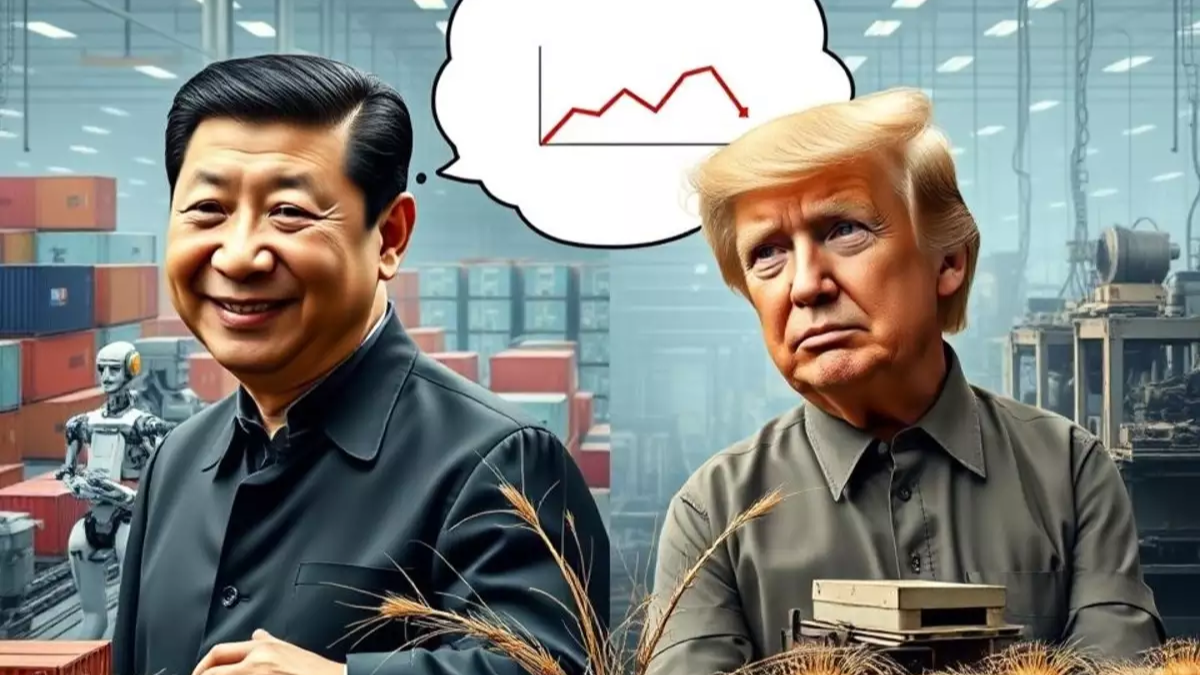As the trade war between the United States and China intensifies, Chinese social media users have turned the situation into a source of humor and political commentary. Leveraging AI-generated art, they have created a viral meme war to satirize the U.S.’s trade policies, particularly under former President Donald Trump.
These creative expressions highlight the impact of tariffs and poke fun at the ongoing tensions, attracting widespread attention on platforms like Weibo, X (formerly Twitter), and TikTok.
The Rise of AI-Generated Memes
The trend began when Chinese users started sharing AI-generated videos and images depicting exaggerated scenarios of American workers, such as factory employees and fictional characters, seemingly struggling as a result of U.S. tariffs.
One of the most notable pieces is a 30-second video that appeared on TikTok, showing American workers laboring in factories, producing products like electronics and clothing.
The video, set to traditional Chinese music, ends with a play on Trump’s “Make America Great Again” slogan, mocking the unintended consequences of his trade policies.
The memes, though satirical, reflect the growing public discourse surrounding the U.S. trade war with China, showcasing how digital art is being used to comment on political matters.
Users mock the tariffs that have raised the cost of goods in the U.S., pushing out a narrative that Americans are now facing higher prices and lower wages due to the imposed measures.
State Media Joins the Meme Movement
Even China’s state-run media has embraced the meme trend, incorporating AI technology in its own creative efforts to critique U.S. tariffs. On April 3, CGTN (China Global Television Network) released a music video titled “Look What You Taxed Us Through,” in which AI-generated vocals humorously critique the tariffs from the perspective of American consumers struggling with increased costs.
The video provides a lighthearted yet biting commentary on the strain that trade policies can place on everyday citizens.
Meanwhile, New China TV, a government-owned network, premiered a short sci-fi film called “T.A.R.I.F.F.” that depicts a robot enforcing extreme tariffs under the direction of a U.S. official.
The robot, programmed to carry out these measures, eventually causes an economic breakdown and self-destruction, symbolizing the potential downfall of such policies.
These AI-generated creations demonstrate the power of technology in shaping political narratives, with Chinese state media leveraging these tools to respond creatively to the U.S.’s economic tactics.
Impact on Chinese Nationalism and Creative Expression
The memes have not only served as political commentary but also fueled a sense of nationalism among Chinese social media users. By mocking the U.S. and its tariffs, the content highlights China’s resilience in the face of economic challenges, rallying citizens behind their government’s position in the trade war.
The creative use of AI tools, such as image and video generators, has provided an innovative outlet for Chinese netizens to express their opinions on the ongoing trade conflict.
The shift from traditional protest methods to digital satire marks a new era in political discourse, where humor and creativity are used to challenge policies and influence public opinion.

Censorship and Public Discourse: A Complex Balance
Despite the outpouring of creative content, China’s government has stepped in to censor certain discussions around tariffs, particularly those focusing on the negative impact of U.S. actions.
Social media platforms like Weibo and WeChat have been instructed to remove posts that mention tariffs in a critical light, limiting the free flow of information regarding the trade dispute.
However, memes that mock the U.S. or portray tariffs in a humorous light continue to circulate widely, showcasing the complexities of Chinese censorship.
While the government exerts control over certain forms of public discourse, it also allows for creative expression that aligns with its political narrative. This balancing act between state control and public creativity highlights the nuanced relationship between digital culture and political discourse in China.
A New Era in Political Expression
The fusion of AI-generated art with satire has provided a fresh and dynamic way to engage with politics, offering insight into public sentiment while navigating the fine line between freedom of expression and government oversight.
These memes, videos, and music videos are more than just jokes—they reflect the emotional undercurrent of a trade war that has deeply affected both nations.
As the U.S.-China trade war continues to evolve, it’s clear that digital art and memes will remain powerful tools for public expression.
While the political ramifications of the trade war are far from resolved, the rise of AI-driven creative commentary offers a unique lens through which to view global political conflicts.
For more detailed coverage on the ongoing trade war and its cultural impact, visit Business Insider.
Disclaimer – Our team has carefully fact-checked this article to make sure it’s accurate and free from any misinformation. We’re dedicated to keeping our content honest and reliable for our readers.
